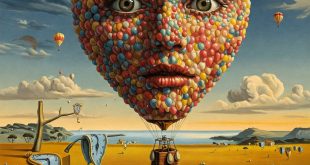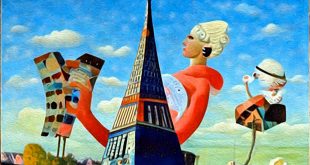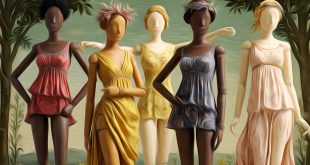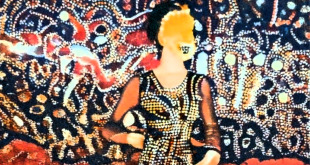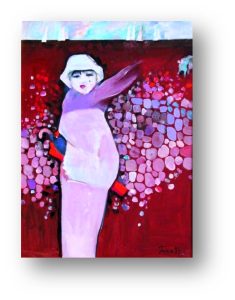
Zlatko Prica, focus on the human condition and versatility of the Media
Here you can find articles and galleries exploring artwork by emerging and established artists, book reviews, poems, and short stories. But not only that, you have the opportunity to learn about travel stories, itineraries and tips for exploring new destinations, interviews with musicians and photographic collections that capture unique moments and fascinating places. Meeting Benches is a site dedicated to travelers, artists, thinkers and dreamers from all over the world. It functions as a virtual place of meeting and inspiration, where people can share art, travel stories and thoughts. The site’s “virtual benches” serve as connection points, allowing you to also get to know the creative Zlatko Prica. Type on painters if you want to know others, or, if you also like digital art, on Dastilige Nevante, the artist who reinterpreted the style of that Croatian painter.
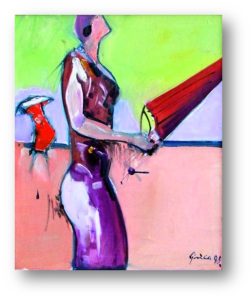
His numerous travels influenced his artistic style. Zlatko Prica, a renowned Croatian painter born in 1916 in Pécs, Hungary, moved with his mother to Zagreb, Croatia, after his parents separated. Prica showed an early interest in art and enrolled at the Academy of Fine Arts in Zagreb, graduating in 1940. During World War II, Prica was arrested and interned in the Danica concentration camp, where he documented camp life through the drawings that even helped illustrate the poem “The Pit”, by Ivan Goran Kovačić. A founding member of the “Grupa Mart“, he helped found the “Forum Art Gallery” in Zagreb in the late 1960s.
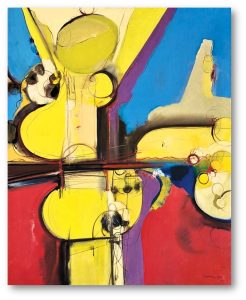
Zlatko Prica has received numerous awards for his contribution to art, including the Vladimir Nazor Life Achievement Award. His work, which includes painting, drawing, graphic art, mosaic, fresco and ceramics, is exhibited in many museums around the world, including the Museum of Modern Art in Sao Paulo and the Tate Gallery in London. His artistic style reflects his diverse experiences and travels. Focusing on the human condition and everyday life, his early works were influenced by social realism. Danica’s time in the concentration camp, however, with its powerful and emotional drawings and paintings, left a profound impact on his art.
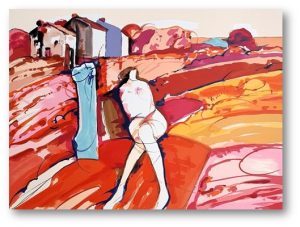
As he travelled, especially in India and Brazil, Zlatko Prica‘s palette became more vibrant and his forms more abstract. The vibrant colors and dynamic compositions of those regions profoundly influenced his later works. In the 1950s and 1960s, however, his style shifted towards abstract expressionism. Prica experimented with bold colors, geometric shapes and non-representational shapes, creating a unique visual language. He didn’t limit himself to painting alone. He has explored various media, including mosaics, frescoes, ceramics and graphic art. This versatility has allowed him to express his artistic vision in multiple dimensions.
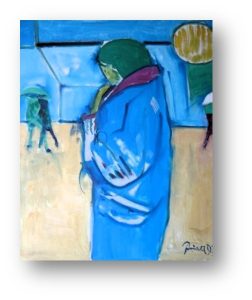
Reflecting his philosophical and introspective nature, Zlatko Prica‘s later works often incorporated symbolic and allegorical elements. Not surprisingly, these pieces invite viewers to delve deeper into the underlying meanings and themes. His ability to adapt and evolve style, while maintaining a distinct artistic voice, is what makes his work so compelling. Among Prica’s abstract expressionist works, we bring to your attention “Umbrella“, a piece that showcases the artist’s use of bold colors and dynamic shapes, typical of his abstract expressionist phase. “Woman,” a painting that features geometric shapes and vibrant hues, reflects her exploration of non-representational forms. “A Woman in Blue,” finally, highlights her ability to blend abstract elements with symbolic undertones, creating a visually compelling piece. You can find more of his work on platforms like Artmajeur and Artnet.
Zlatko Prica, focus on the human condition and versatility of the Media and French Fauvism. Identical color sensitivity, with intense color contrasts and a style, outlined by black contours, played by Dastilige Nevante. Soundtrack “THE AWAKENING” by Esther Garcia – FiftySound.
 Meeting Benches World art in all forms
Meeting Benches World art in all forms



